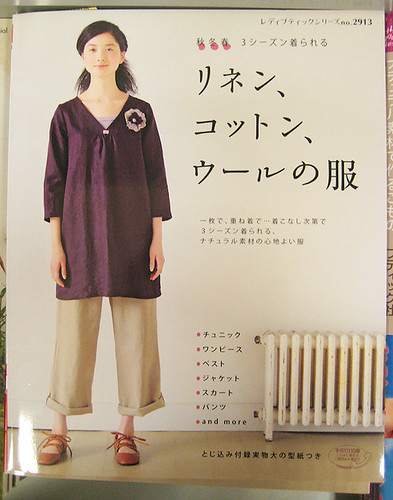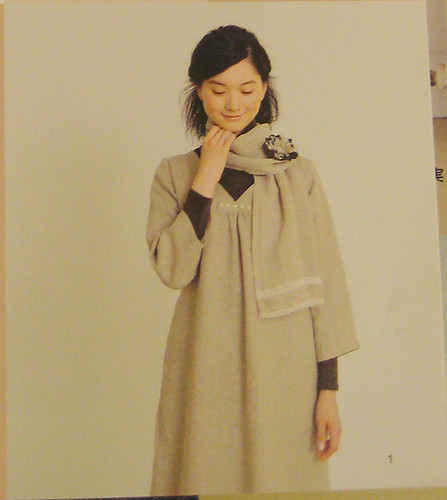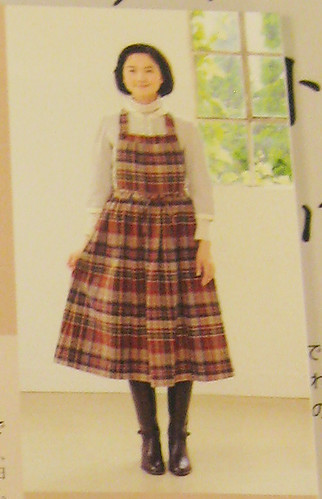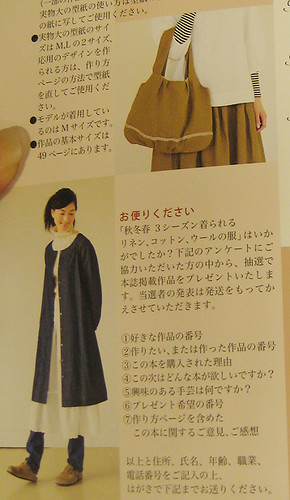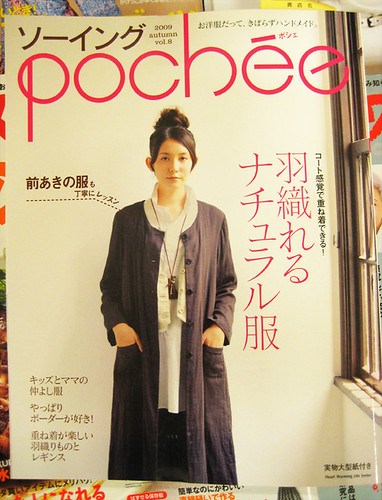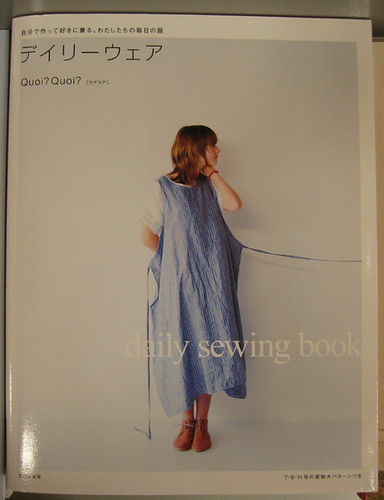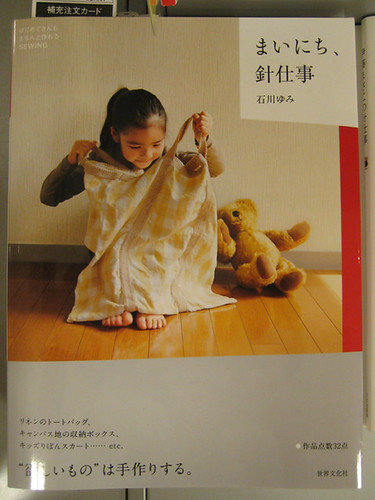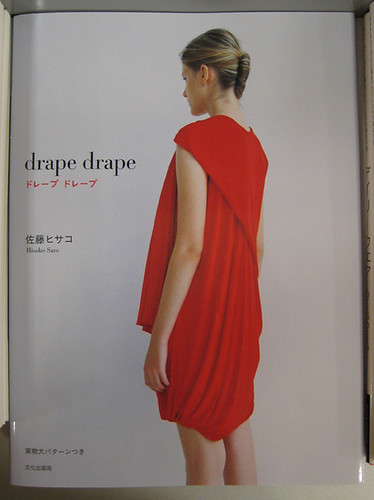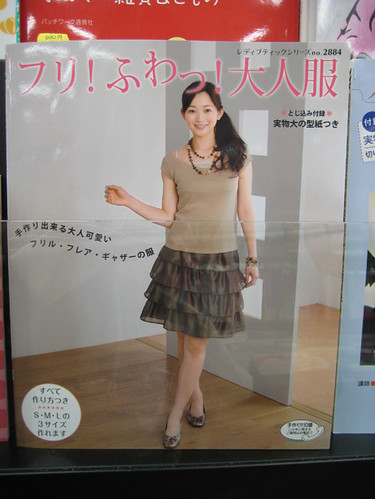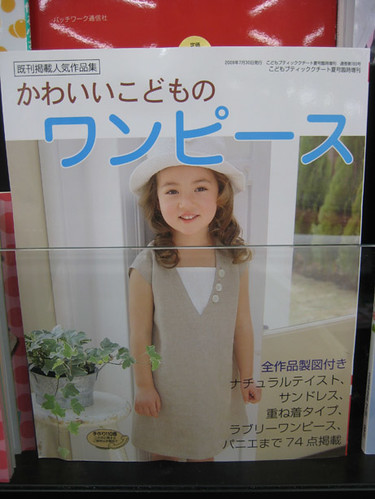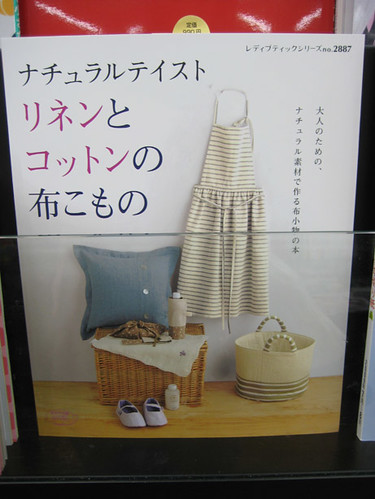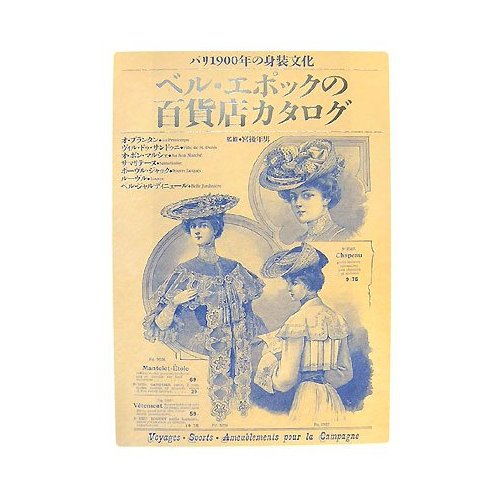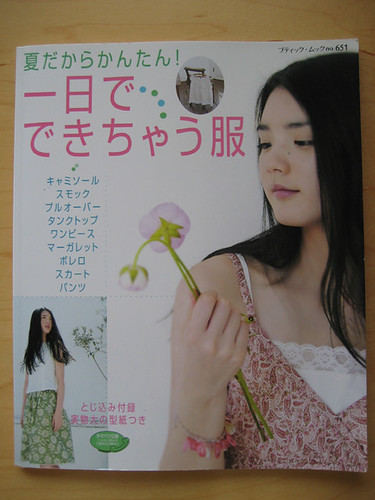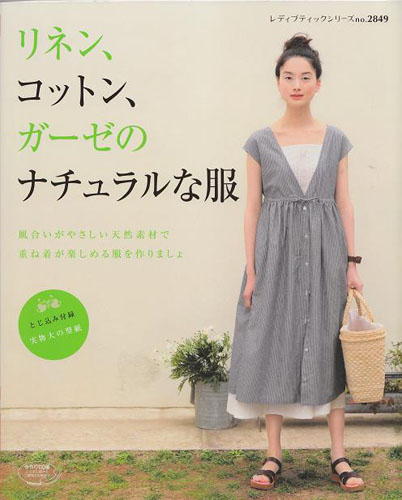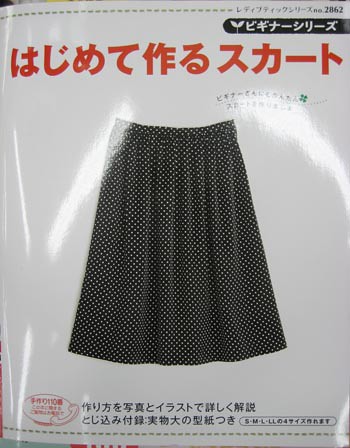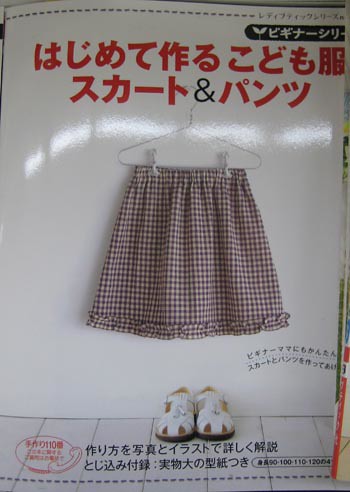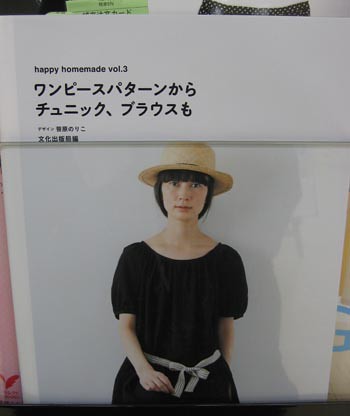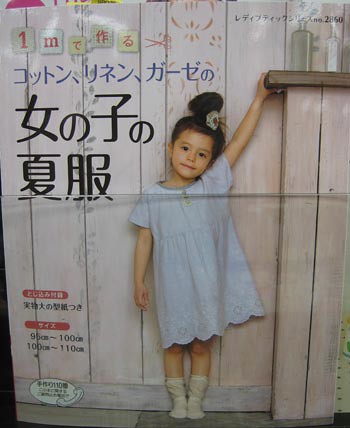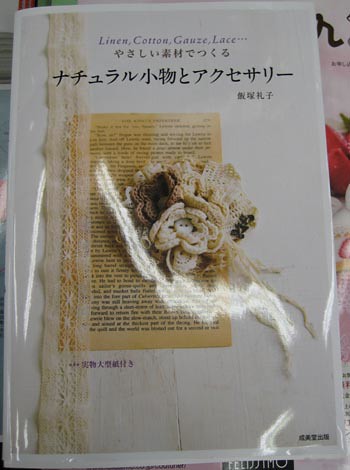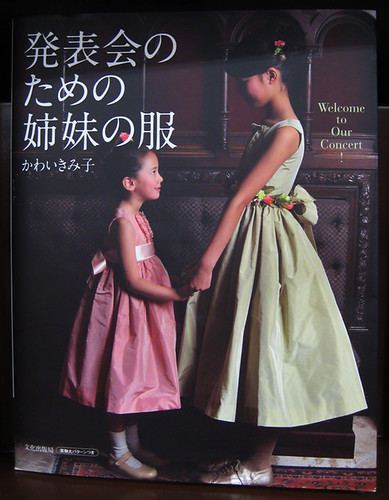Here is the second book for today!
Clothes made of linen, cotton and wool. The outfits in this book are supposed to be okay for autumn, winter and spring. Do they intend to not publish anything else until summer? ^^ The style is leaning towards the “natural clothes”, those that you can find for example in the Pochée magazine (reason why I’m posting this book and the Pochee Special together).
I don’t have as many pictures as for the Pochee book (especially since the clothes are more varied here and I couldn’t summarize everything with just a few pics) but you will get the table of contents and a few pictures that illustrated it on the book.
- V-neck tunic + roll-up pants (I think it’s the cover outfit)- vest- V-neck onepiece + lace stole (I think, my picture is missing the last word… but I’m pretty sure it’s the outfit on top of the french list of contents)- patchwork skirt (very nice) and 2 ways stole (it makes a stole and a shoulder cover with sleeves)- jacket and lace skirt- camisole dress (flower print version) and flare blouse (quite original, the sides go down longer that the rest)- dolman sleeves blouse and petticoat- triple gaze blouse and tuck skirt- tunic dress, 2 styles- A-line tunic onepiece and tunic- apron-skirt (see picture above) and camisole dress (white version)- vest, 2 types- jacket and onepiece- jacket and denim coat (see below)- accessories
As for sewing explanations, it works like every other book from the “Lady Boutique series”. Some explanation are in color, in the middle of the outfit pictures. The other are in b&w at the end of the book. All text explanations come with detailed drawings.

